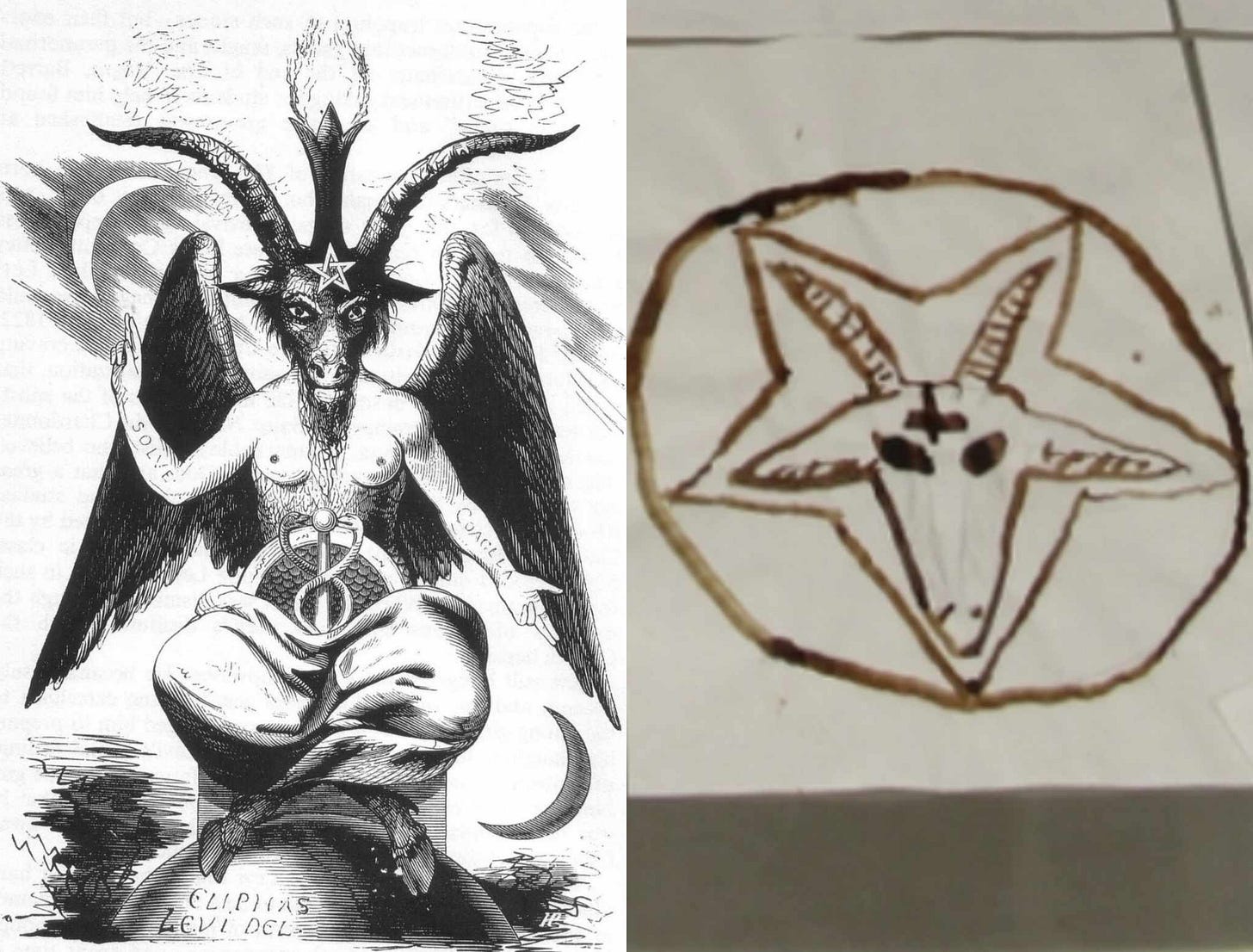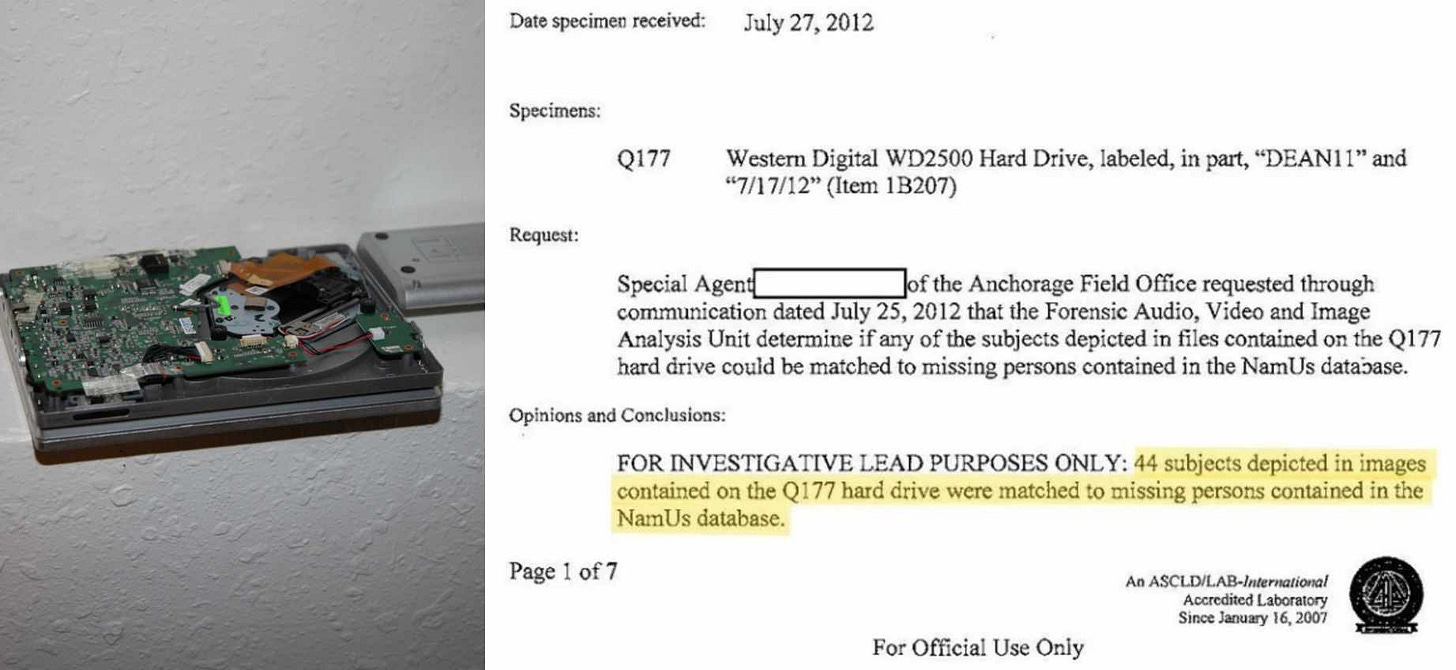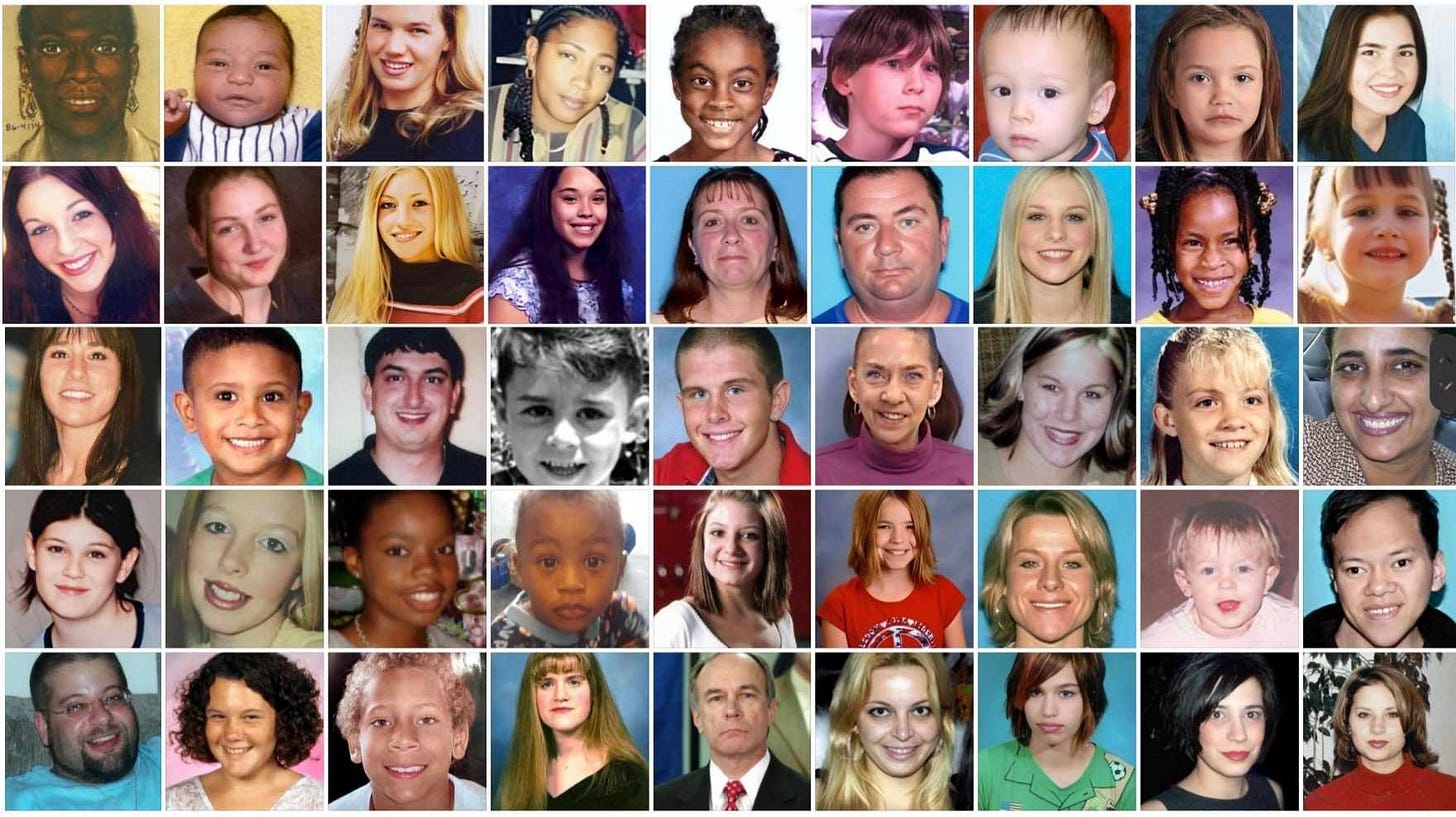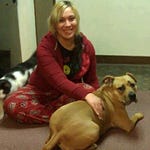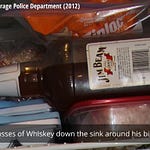Above, paid subscribers will find our Life in Full Detail Supercut, for people who want to watch all 6 hours of our three part documentary series at once without the hassle of clicking through multiple articles:
Part 1 - Paid Subscribers Only
Part 2 - Paid Subscribers Only
Part 3 - Paid Subscribers Only
Below, you’ll find the work that our documentary is based on; the article version of our Life in Full Detail e-book, including a free preview, with tons of never before released evidence nested right in the body of the text.
Introduction
Based on the initial work that went into our popular free documentary Israel Keyes Life in Detail, Israel Keyes Life in Full Detail is our exhaustive update, the definitive work on virtually every aspect of the Israel Keyes case.
Unlike many spree and serial killers, Keyes did not want notoriety for his crimes. In his own words:
My concern - the problem is nowadays, uh, the more stuff my name is attached to the more likely it is that somebody’s gonna try to do some kinda stupid freaking TV special or, you know - you know how it is. Nowadays like with all this true crime bullshit that people are obsessed with and that’s, uh - I’m not even so concerned at this point about, uh, you know, ‘cause so far I feel like we have been able to work within the guidelines of what we both said we would.
Uh, but I’m - I’m, yeah, I am concerned about that. About someone connecting the dots on this… [emphasis added]
- Israel Keyes in an FBI interrogation, May 29, 2012
There is an old aphorism famously referenced by Supreme Court Justice Louis Brandeis in a 1913 Harper’s Weekly article entitled “What Publicity Can Do.”
The aphorism is, “Sunlight is said to be the best of disinfectants,” usually rendered, “Sunlight is the best disinfectant.”
Below, in the interest of Keyes being concerned about “someone connecting the dots,” you will find every word that Life in Full Detail was based on, based on my own notes, along with virtually every piece of evidence I have uncovered in this case, including from the FBI, the Essex PD, and the Alaska PD - all of the audio, video, and images that we have obtained via our record requests, much of which have never been published before.
We have redacted only a limited amount of evidence, including photographs out of respect for the victims and their families, and irrelevant documents ultimately unrelated to Keyes.
Our FULL collection of files can be found in our Israel Keyes Case Log:
Israel Keyes - Life in Full Detail
Israel Keyes, who the Federal Bureau of Investigations described as a true ambush predator, has also been called the most meticulous serial killer of the 21st century. Israel Keyes was also a bank robber, an arsonist, a rapist, a necrophiliac, a murderer and has even been considered a domestic terrorist.
He is known as the traveling serial killer; we call him the Kill Kit killer for burying supplies known as “kill kits” in various states, some over a year in advance.
The now deceased serial killer was a military veteran, and a carpenter by trade, who started his own company called Keyes Construction where he specialized in building decks, kitchens and the like. He is also known for his love of Wild & Mild cigars, coffee, and peanut butter Snickers candy bars, which he repeatedly requested and/or demanded from the FBI during his interrogations.
Before his death, Israel Keyes created twelve different drawings, eleven of which were of skulls believed to represent his eleven victims. The twelfth painting is believed to represent Israel Keyes himself; it is of Baphomet, an Occult deity generally viewed as a symbol of Satanism. Keyes painted these with his own blood.
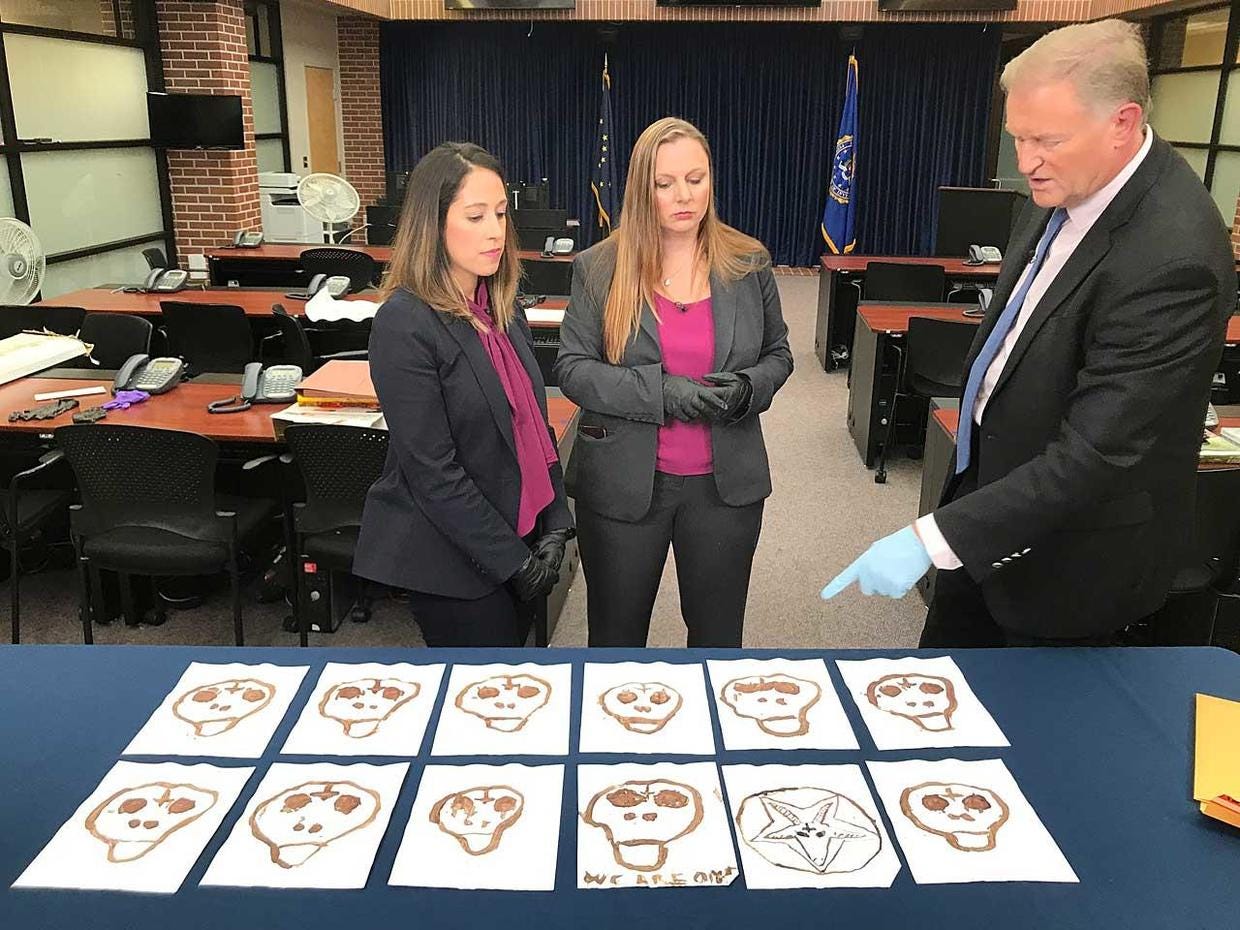
“We believe there are 11 victims total, and that is based primarily on what Keyes told us. He was evasive ... he was very evasive at times during interviews, and he told us when we tried to pin him down on a number that it was less than 12. But then there were things that he would say that led us to believe that by ‘less than 12,’ he simply meant 11, and so he was quick to correct us in interviews if we had something wrong.
There were several times where we just threw out statements like 'your 11 victims' and things like that and he didn’t correct us, so based on that and some additional things that he said, we believe the number is 11.”
- FBI Special Agent Jolene Goeden
“Israel Keyes had no remorse at all. He enjoyed what he did. He talked about enjoying what he did. He talked about, had he not been caught, what some of his future plans and what he would have done, which included continuing to do what he was doing, continuing to kidnap and murder people. So he had no remorse at all.”
- FBI Special Agent Jolene Goeden
There has been much speculation about Keyes victim count being much higher than the suspected 11 victims. In 2013 the FBI’s Newark Division published an article stating that, “Keyes admitted to burglarizing 20 to 30 homes throughout the United States and talked about committing arson as a means to cover up a homicide.” How many of those homes burned down?

The FBI indicated that Keyes likely he committed his first murder at the age of 21 when he left the military, but before the birth of his daughter. “Anchorage [FBI] does not have any information suggesting Keyes killed anyone prior to 2001.”
The FBI also found thousands of photographs on a hard drive during their search of Keyes’ residence. Using facial recognition software it was determined that the images contained nearly 520 different people. The images were cross-referenced with the National Missing and Unidentified Persons System (NamUs) database resulting in 62 matches representing 45 missing persons. In this case, they are referred to as the NamUs-45, previously the NamUs-44.
The FBI explained that Keyes would do his best not to search directly for his victims’ names, he would search for a specific region and approximate time. As a result, most of the NamUs have been ruled out as victims of Israel Keyes.
However, he was caught directly searching a couple of victim’s names on his computer who are not considered part of the NamUs-45. Keyes told investigators that he knew all of his victims’ names because he would look at their IDs.
So, why was he looking up these people’s names? He may have been searching for news articles about his own victims and ended up looking at other results, or he may have simply been curious about missing persons stories.
Some of the NamUs-45 went missing when Keyes was a little kid, and one even went missing before Keyes was born on the 7th of January, 1978, in Cove, Utah.
Israel Keyes was the second of 10 children for Heidi Hackinson and John Jeffrey Keyes. They were extremely religious. At the time, they were both Mormon, and they moved to Utah together where they had their first child, who they named America. Two years later, Israel was born. Heidi and John Jeffery had an aversion to modern medicine and did not believe in going to the hospital when sick, saying that they trusted god to heal them. Israel, like all of the Keyes children, was born at home.
The Keyes were also very suspicious of the government, and they did not apply for birth certificates or social security numbers for their children until years after the fact. The children did not get immunizations, and were never sent to public schools. The Keyes children were all homeschooled instead. It didn’t take long before the neighbors realized that the Keyes two toddlers, America and Israel, were rarely outside and they called the authorities.
Israel described his parents as “hippies” although their transient-like lifestyle was far from the impression he gave. Census records listed John’s occupation as "maintenance man." Heidi was a homemaker.
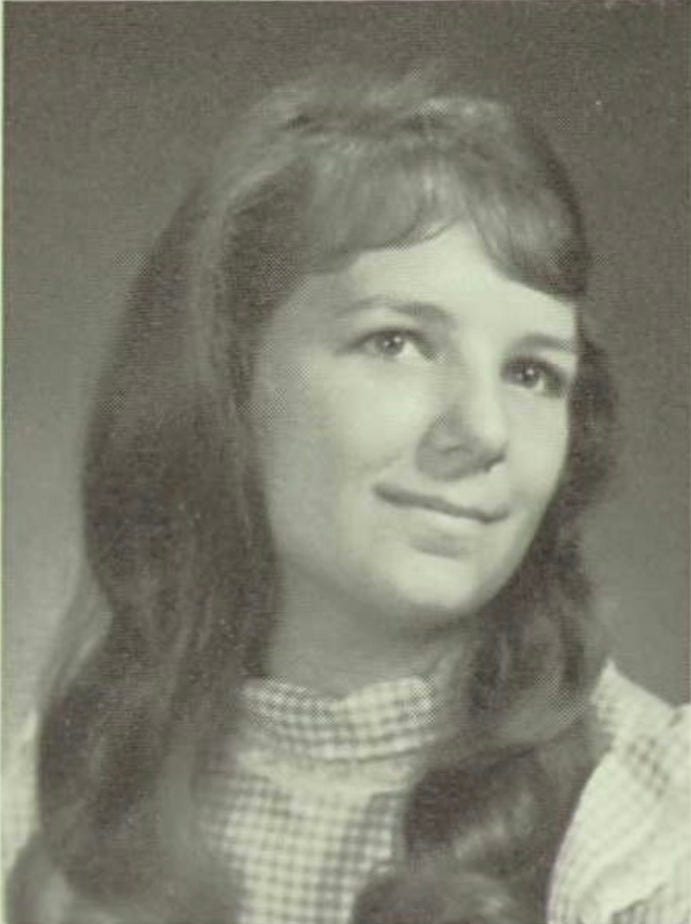
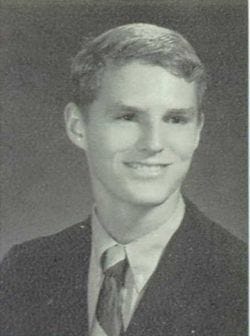
They left Mormonism and embraced a more fundamentalist form of Christianity, which prompted their move to Colville, Washington, where John worked at Aladdin Appliance as a repairman while Heidi babysat for extra cash. According to a family friend, Heidi “had a difficult time letting go of the religion.”
They rented a one-room cabin that had no heat, no plumbing, and no electricity. Their plan was to build their own cabin on the 160 acres of land they bought on top of Aladdin Mountain and, in the meantime, have more kids. They lived in the one room cabin for seven years while John hiked up and down the mountain chopping down trees and building the cabin, and as Israel got older, he helped his father with his work.
The stepdaughter of one of Keyes family friends and employers, Kelly Harris, said that when she was about 10 or 11 years old, her family met the Keyes family through Israel's fathers’ work as an appliance repairman. She had also been homeschooled, and sometimes her family would go to informal get togethers with other homeschooled families like the Keyes. She recalled Keyes as being an extremely funny child.
In addition to homeschool gatherings, the Keyes and other neighboring families got together once a month for potluck dinners to discuss their faith, which was described as non-denominational Christianity. They did not have a church but held their potlucks at a building that was referred to as “the meeting place” which her stepfather, Kelly Harris, had helped build.
The Keyes family children all learned to read by reading the Bible; their parents made them memorize Bible verses but never took them to a doctor or a dentist. According to Maureen Callahan’s American Predator, Israel's toes were actually deformed because his shoes were too small since he and his siblings wore hand-me-down clothes that didn't always fit them.
Israel did a lot of the work of taking care of his siblings, and he learned to cook and sew and clean and braid his sister's hair. They ate from the land, and Israel learned how to plant food, hunt, skin an animal, butcher it, and prepare the meat from a young age. Around the time his father finished the family cabin, and his family moved up the mountain, they began attending a church down the road called the Ark.








